Cats are mysterious and fascinating animals known for their independence and individuality. Despite being unable to understand human language, cats have a sophisticated system of social communication. Cats use several different forms of communication to communicate with their counterparts, including scent marks, body language, vocalizations and facial expressions
This post will explore the different ways cats communicate and the little signs that people often miss. Cats are mysterious and fascinating animals known for their independence and individuality. Despite being unable to understand human language, cats have evolved.
1. Vocal Communication Among Cats
Cats must have to talk with humans . Although cats often do not communicate verbally with each other, they use them more to communicate with people than with each other. The key verbal cues that cats communicate with each other are as follows: Cats have a wide range of vocalizations that can be used to convey a variety of meanings, whether they are as animated as a dog. Don’t be Although cats often do not communicate verbally with each other, they use them more to communicate with people than with each other. The key verbal cues that cats exchange with each other are as follows:
Meowing
Cats are used to meowing to attract the owner for their food and their needs. Meowing is mostly used to communicate with humans. But in some cases, you may see that most cats mother meowing to their kittens to train them for their daily life and meet their needs.Kittens are meowing but when they get older they may use less meowing.
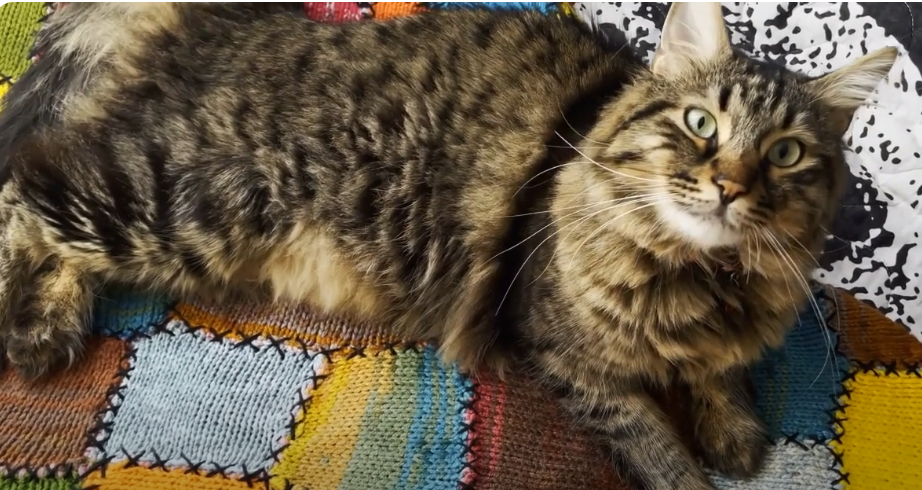
Hissing and Growling
Hissing and growling are the behaviors cats may show when they feel dangerous and some unusual activity.These all happen when the cats are unhappy and feel some issues with their owner and maybe with their food. A deeper, more aggressive sound, the growl is usually heard during territory disputes or moments of heightened hostility.

Purring
Humans may often take the purring as a satisfaction.Sometime cats purring when they emotionally communicate with each other. For example, cats may purr when they’re in pain as a self-soothing mechanism. Cats may use Purring to serve as a social tool to bonding with each other. Sometimes mother cats purr to communicate with their children.Some cats will purr as a form of presence of a more dominant cat.

Chirping and Chattering
Cats may chirp or chatter when they are watching birds from the window or other prey animals. This behavior can be a mix of excitement and frustration,in this way cats may not reach their prey. Some experts believe this sound mimics a bird’s call, though its precise purpose remains debated.

2. Body Language: The Unspoken Dialogue
Body language to communicate with one another.Body language is the most important part of the communication cats use their entire bodies to express emotions ranging and aggression. By understanding their postures and movements, we may idealize their needs .Here we discuss some most important unspoken dialogues by body language.
Tail Position
- The tail of a cat is such an expressive part of the body. The tail holds infoUser, tooThis means that there are also some false beliefs regarding itTails communicate the depression and movement of an animalThis includes:
- A happy, confident cat will often have its tail held high in the air; this is a good thing. It is a friendly gesture and often an invitation for other cats to engage with this new cat.
- Tail puffed: A puffed tail usually indicates a scared cat or is trying to look bigger to deter a danger.
- Tail twitching: The tail holds dangling and above but the tail is twitching rapidly this can indicate agitation or excitement. If you own a cat, they might be doing this when they are hunting or goofing around with other cats.
- Cat with tail between his or her
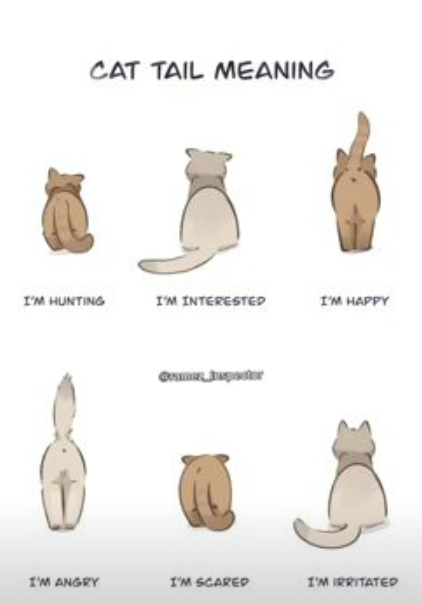
Ear Movements
Ear movements are the most used movements in cats. When cats use their ears it means they want to tell us something. We may also discuss some other ear movements here.

- Ears forward: it means cats are really happy and feeling good in their surroundings.
- Ears flat:flat ear means cats are in aggression and may be shown that cats are now ready for fight.
- Ears swiveling:this movement may show that cats are not feeling safe and stable and they are wandering here and there to get safe and happy.

Eye Contact
Eye contact is the most important way to communicate in cats.Cats communicate a lot through their eyes. Prolonged eye contact between cats can be a sign of aggression. Conversely, slow blinking is a sign of trust and affection, often used by cats to communicate friendliness or relaxation.
- Dilated pupils: Wide and dilated eyes may indicate excitement, fear, or aggression. Cats may dilate their pupils in low light, but in normal lighting, this can signal a heightened emotional state.
- Narrowed eyes: When a cat narrows its eyes, it is feeling calm, content, or sleepy. This expression can also signal trust when directed at other cats.
3. Scent Marking: Communicating Through Smell
Cats have an excellent sense of smell and they communicate by marking their territory or to identify a potential member. Feline scent marking Feline communication Scent marking is one of a cat’s methods of communicating with other cats or other animals.
Pheromones
- Cats excrete certain chemicals from the glands located in specific areas of their face (they rub against with marks), paws, and tail to mark their territory. They leave behind scent markers by rubbing their face against objects or other cats, communicating messages such as territory ownership, familiarity with another cat, or mating readiness.
- Facial rubbing: When a cat rubs its face against another cat, it is indeed showing affection and recognition. This behavior is often displayed among cats from the same social group and represents a way of strengthening bonds between them.
- Scorpes: Cats also scratch onPressumes
4. Territorial Behavior and Boundary Establishment
Cats are territorially aggressive and controlling their territory is very important to their concept of security. The cat has the scent marks, body language and even vocalizations (purring etc) they use to establish their territory.
Territoriality: When two cats clash over territory, there may be staring-style wars, hissing or even a full-on fist fight. Male cats, especially unneutered males will generally fight other male cats.
Cats also will patrol the perimeter of their territories to scent-mark the boundaries of their hunting area. You might also witness them rubbing their body to trees, walls or any object for depositing their scent.
Conclusion
Cats use different ways to communicate and use different body language to communicate with each other and some other cats.They use some specific body language to express their feelings, their happiness and their sadness and aggression. Understanding these communication methods not only deepens our appreciation for cats but also highlights their ability to engage in intricate social behaviors. By recognizing these patterns, we can foster healthier and more harmonious environments for our feline companions.


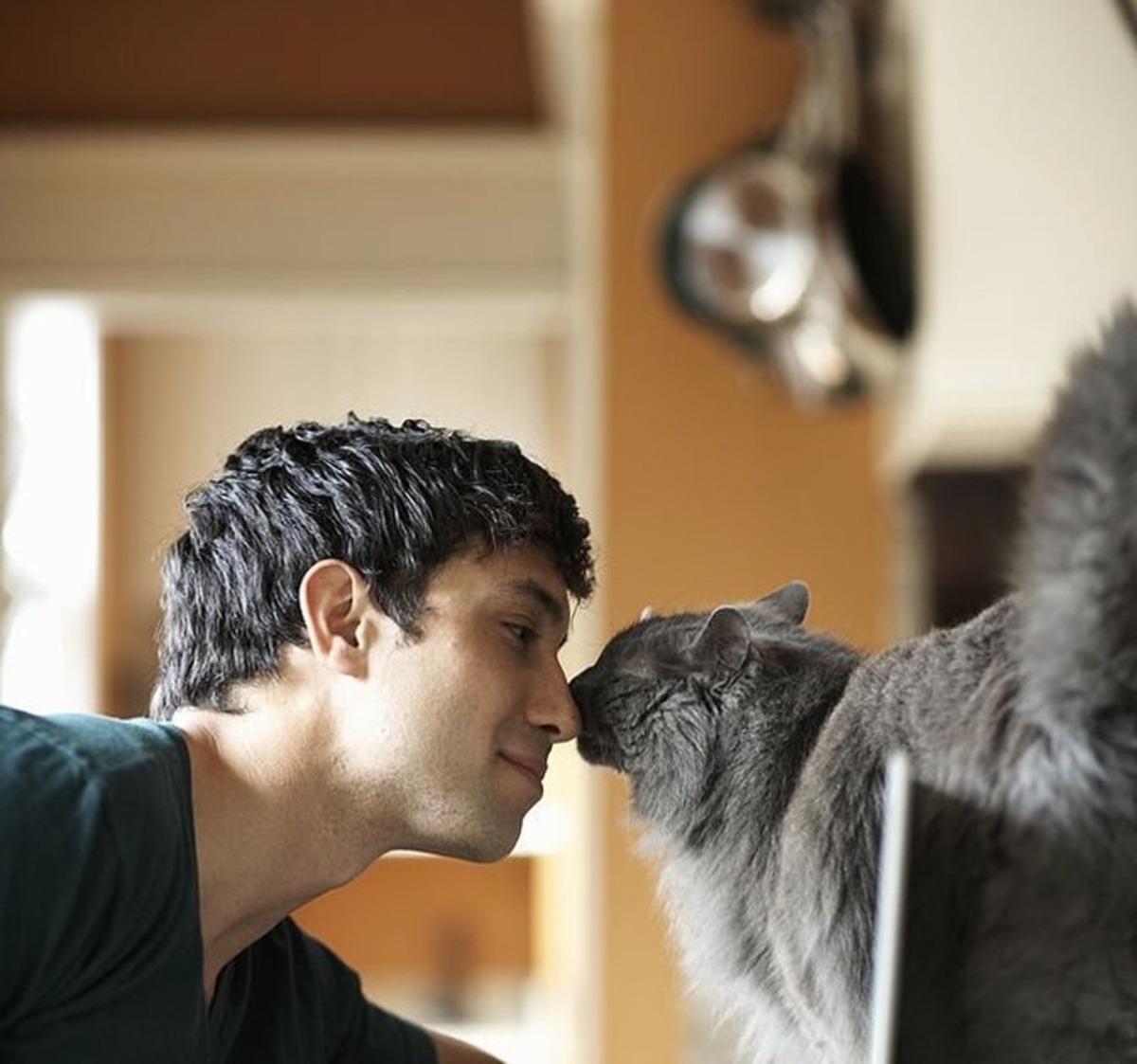

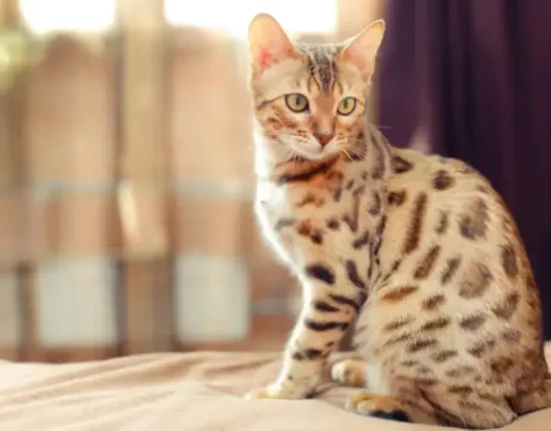
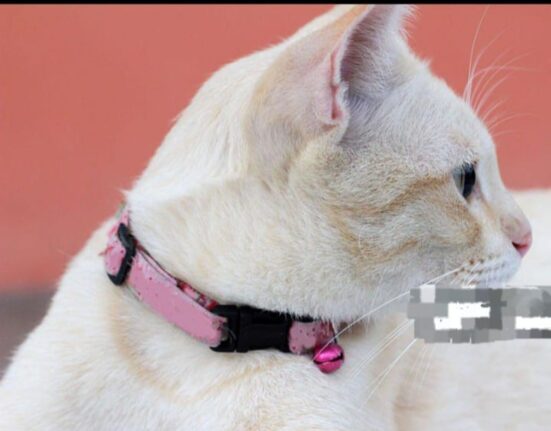


Leave feedback about this